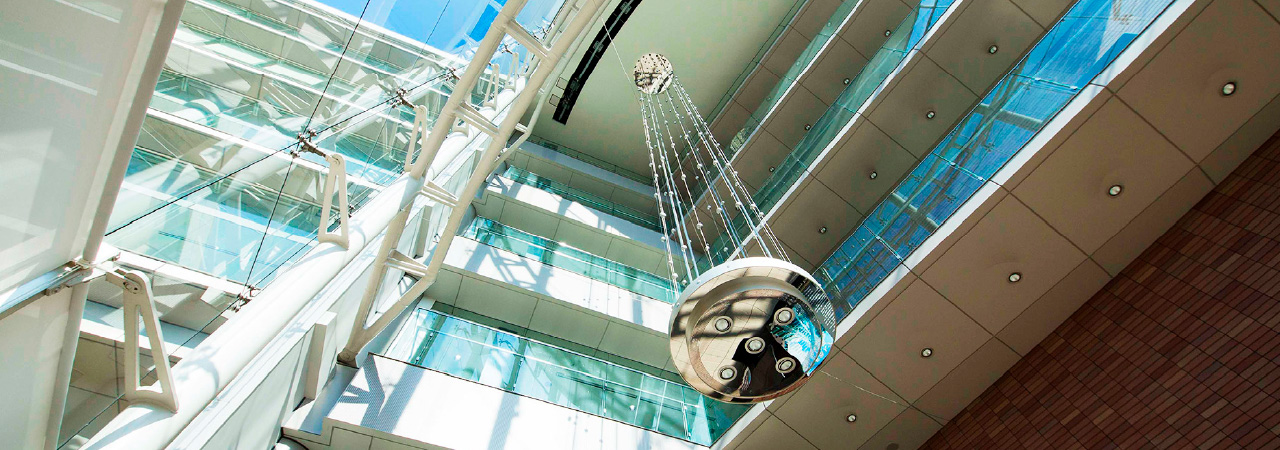
Research of cutting-edge
system design
Detecting heat in the Nano
world by using optics
【Taguchi Lab.】
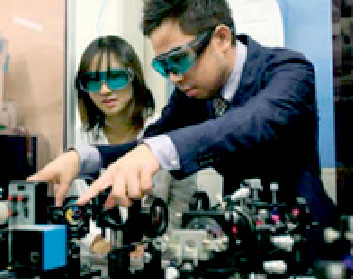
So far, no one has ever used their eyes to see temperature distribution and thermal properties in the area of nano meter size (1/10000 of a single piece of hair thickness). In this project, special lights such as Evanescent light and Evanescent Fluorescent light are used to study new sensing technology to measure temperature/thermophysical property in extremely small areas. By using this new “Eye”, for example, Nano materials such as carbon nano-tubes and fullerenes and thermal system designs of IC chips that are integrated in high density.
Aim for an elderly-friendly system
【Murakami Lab.】
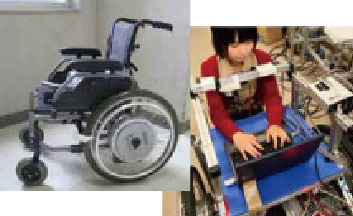
As problems with the declining birth rate and aging population become more serious, the demand for wheelchairs will be expected to increase. This project uses an in-wheel motor (a drive shaft that has a motor directly connected to it) to build an independent two-wheel drive electric wheelchair. As well, I research on power-assisted control that is tough against fluctuating environment.
Next-generation
manufacturing technology
【Kakinuma Lab.】
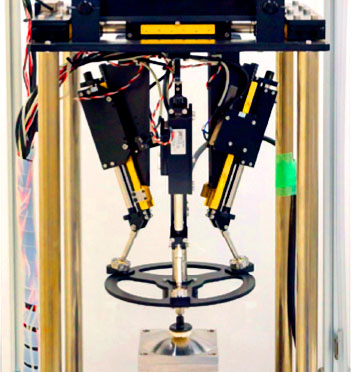
In the field of manufacturing, attention has been focused on developing intelligent technology that allows the machine itself to autonomously monitor, judge and control the machining process based on sensor information, and to realize a smart production system using next-generation intelligent machine tools. In this project, we are working on the development of intelligent technology based on production engineering, mechanical engineering, and control engineering in order to improve the safety, safety and usability of machine tools.
Making the architectural
space alive
【Mita Lab.】
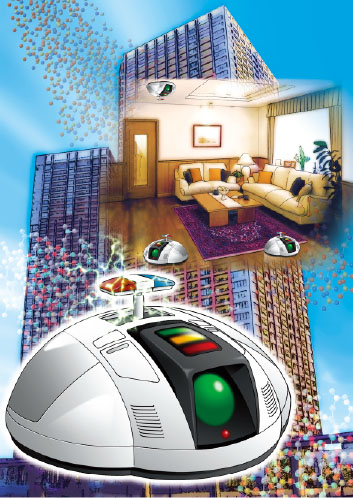
Research is done, by having the architectural space to have immune function and DNA just like life, to create a pace that is safe, secure and comfortable. The immune function is useful for detecting unusual conditions that occur in a room such as intrusion by a thief, emergency of residents, breakages and deteriorations of a building. The DNA is useful for conveying necessary information that is required for constructing a building and evolving it on behalf of a blueprint. In order to make it possible, ways to utilize robots and sensor networks are suggested.
Digital Design
【Aoyama Lab.】
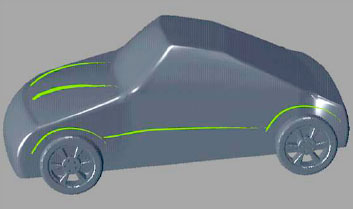
When designers design figures and colors, they sketch. Sketching is the most outstanding tool for designing in order for humans to express ideas and visualize them. This system allows to instantly (in real-time) create figures/colors in 3D from a sketch. It means that, without having to create an actual model, a user can check a design in the virtual world (the world within a computer), greatly increasing efficiency of designing.
Minimizing damage to high-rise
buildings due to earthquakes
【Kishimoto Lab.】

An actual architectural model has been designed and constructed within the campus. The picture, “the forest rest area” on Yagami campus, has been created mainly by the graduate students. This is a result of researching on architecture that comes from figures of lives/creatures through the graduate school project classes. (Kishimoto)
Designing and constructing
experimental architecture on campus
【Kishimoto Lab.】
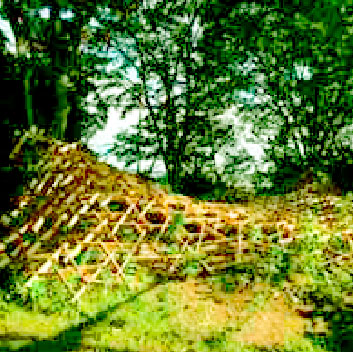
An actual architectural model has been designed and constructed within the campus. The picture, “the forest rest area” on Yagami campus, has been created mainly by the graduate students. This is a result of researching on architecture that comes from figures of lives/creatures through the graduate school project classes. (Kishimoto)
Stand for new threats!
【Nishi Lab.】
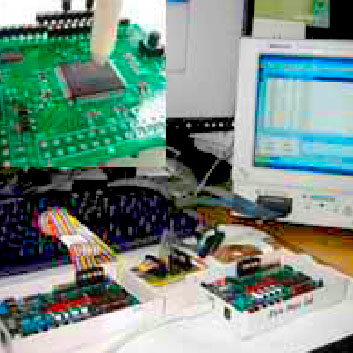
A side channel attack is a new threat that has been a problem in a way that it obtains confidential information by intercepting communication contents and processed contents through radio waves that leak from cables and connectors, power consumption from electrical devices and even sticking a needle directly to a cable. To resolve this issue, Nishi Laboratory researches on anti-side channel attack technology. By utilizing the technology, threats that could not be resolved by security technology that conventional software offers can be prevented.
Designing Biological Systems
【Sudo Lab.】
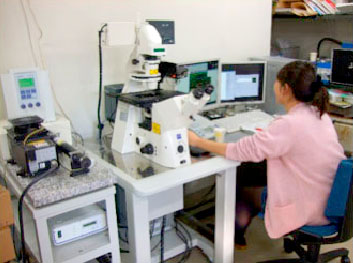
We are developing a new research field by applying the concept of system design engineering to biological systems. In particular, we work on the design and fabrication of microfluidic systems and their applications to in vitro tissue engineering and mechanobiology. Specifically, we focus on reconstructing liver, vascular, brain, and cancer tissues in vitro through an integrative tissue engineering approach. Our goals are 1) to reconstruct three-dimensional culture models which can contribute to future regenerative medicine and diagnostic devices, and 2) to elucidate the engineering principles for the integrity of multi-cellular systems.


